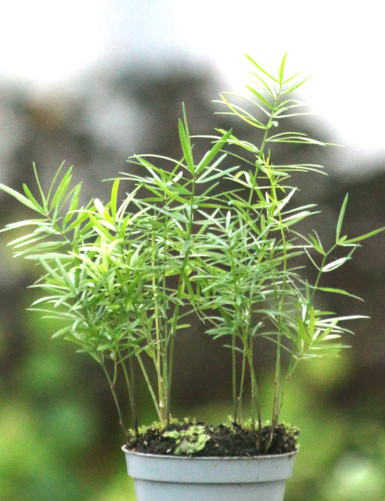The history of plant carnivory goes back a long way. In the 15th century, botanists had already listed certain plants such as Drosera and Pinguicula , but without assuming anything about their carnivorous strangeness. It was not until the 18th century that the debate would really be launched: in 1875, Charles Darwin, after certain experiments and research work on the genus Drosera , highlighted the ability of these plants to capture and assimilate prey. We then speak of carnivorous nutrition within the plant kingdom!
A scientific, political, and even religious war ensued over this theory and its inventor. Although most scientists recognized that there was a nutritional interaction between certain plants and insects , it was not until the 1970s that teams of researchers were able to prove through chemical tests that certain plants digest their prey: carnivorous plants! Carnivory is not just the act of catching prey, it includes its digestion, thanks to enzymes secreted by the plant itself or thanks to bacteria present in the digestive fluid, and the assimilation of nutrients resulting from this digestion process.
Today, more than 700 carnivorous plants are officially recognized, belonging to 19 genera, themselves classified into 11 families.
Cultivation of carnivorous plants
Carnivorous plants often have a reputation for being difficult to grow. First of all, you need to know their natural environment in order to understand how a carnivorous plant lives:
Most of these plants live in environments poor in nutrients in the soil and very humid: peat bogs, sandy marshes. The soil is acidic and carnivorous plants such as dionaea , sarracenia and other drosera for the simplest to cultivate and the best known grow in full sun.
This is why when you grow a carnivorous plant at home, we recommend above all to water them abundantly, with non-calcareous water, and to expose them to the sun!
However, each species has its own particularities; you will find specific advice on the plant in question under each description of our carnivorous plants.
You can also find more information on our blog where more than 250 articles are already waiting for you!






